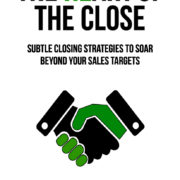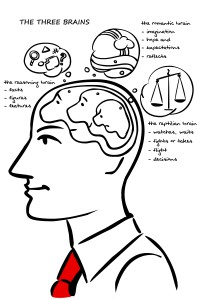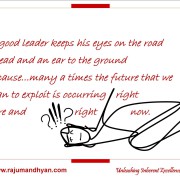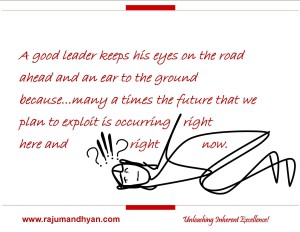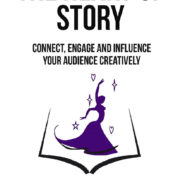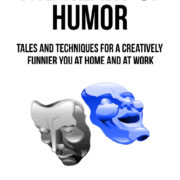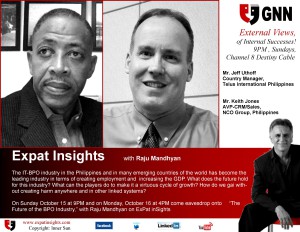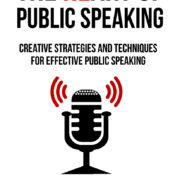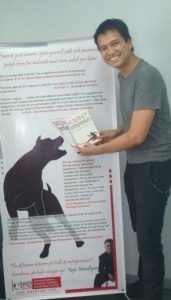https://www.mandhyan.com/wp-content/uploads/2017/06/THOC061717.jpg
1275
825
Mandhyan
http://www.mandhyan.com/wp-content/uploads/2018/08/RM-Website-Logo-e1535351828953.png
Mandhyan2016-01-10 11:51:502017-06-17 21:56:51Leadership: Trust and Space
https://www.mandhyan.com/wp-content/uploads/2017/06/THOC061717.jpg
1275
825
Mandhyan
http://www.mandhyan.com/wp-content/uploads/2018/08/RM-Website-Logo-e1535351828953.png
Mandhyan2015-12-07 12:09:112017-06-17 21:58:07Appreciative Feedback, How to Give It
https://www.mandhyan.com/wp-content/uploads/2015/10/MandhyanMusings188.jpg
1275
1650
Mandhyan
http://www.mandhyan.com/wp-content/uploads/2018/08/RM-Website-Logo-e1535351828953.png
Mandhyan2015-10-15 15:54:392015-10-15 15:54:39The Future, Here and Now
https://www.mandhyan.com/wp-content/uploads/2017/06/THOS061717.jpg
1275
825
Mandhyan
http://www.mandhyan.com/wp-content/uploads/2018/08/RM-Website-Logo-e1535351828953.png
Mandhyan2015-10-13 11:21:262017-06-18 14:10:43Continual Christmas Leadership
https://www.mandhyan.com/wp-content/uploads/2017/06/THOH061717.jpg
1275
825
Mandhyan
http://www.mandhyan.com/wp-content/uploads/2018/08/RM-Website-Logo-e1535351828953.png
Mandhyan2015-10-12 16:29:102017-06-17 21:59:27Communicating and Leading Across Cultures
https://www.mandhyan.com/wp-content/uploads/2017/06/THOPS061717.jpg
1275
825
Mandhyan
http://www.mandhyan.com/wp-content/uploads/2018/08/RM-Website-Logo-e1535351828953.png
Mandhyan2015-09-28 16:36:582017-06-17 22:00:53Master of Ceremonies!
https://www.mandhyan.com/wp-content/uploads/2017/06/THOS061717.jpg
1275
825
Mandhyan
http://www.mandhyan.com/wp-content/uploads/2018/08/RM-Website-Logo-e1535351828953.png
Mandhyan2015-08-14 14:42:082017-06-17 22:04:23A Story: A Country in Jail
https://www.mandhyan.com/wp-content/uploads/2017/06/THOC061717.jpg
1275
825
Mandhyan
http://www.mandhyan.com/wp-content/uploads/2018/08/RM-Website-Logo-e1535351828953.png
Mandhyan2015-07-21 12:18:492017-06-17 22:05:42the HeART of the CLOSE: What Sales Coaching is Not
https://www.mandhyan.com/wp-content/uploads/2017/06/THOC061717.jpg
1275
825
Mandhyan
http://www.mandhyan.com/wp-content/uploads/2018/08/RM-Website-Logo-e1535351828953.png
Mandhyan2015-07-20 11:58:152017-06-17 22:07:38Seven Plus Minus Two from NLP
https://www.mandhyan.com/wp-content/uploads/2017/06/THOS061717.jpg
1275
825
Mandhyan
http://www.mandhyan.com/wp-content/uploads/2018/08/RM-Website-Logo-e1535351828953.png
Mandhyan2015-07-06 12:22:432017-06-17 22:09:16Storytelling Legacies of Leaders
Scroll to top

